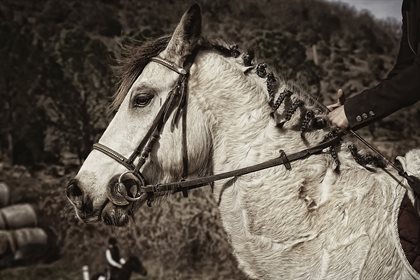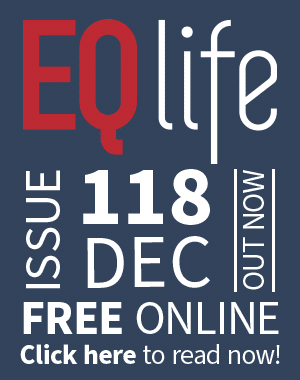This article first appeared in the May 2021 digital edition of Equestrian Life. To see what’s in the current issue, click here.
The Ridden Horse Pain Ethogram
By Dr Maxine Brain
Equine vets have developed a new way of identifying causes of pain and lameness in the ridden horse by observing a list of behavioural traits. It is called the Ridden Horse Pain Ethogram (RHPE).
One of the major contributors to limiting performance in all horse disciplines is lameness. Whilst most horse people and veterinarians would like to think they can identify lameness, recent data would suggest that a significant percentage of horses carry musculoskeletal issues which are not identified by the owner/trainer/rider or veterinarian.
A new way of assessing behavioural traits in horses whilst being ridden has been developed in England by some world-renowned equine veterinarians as a means of identifying pain. Called the Ridden Horse Pain Ethogram (RHPE), it lists 24 behavioural characteristics that can be displayed by horses when ridden and that correlate to pain and subclinical lameness.
This assessment has not yet been proven as a conclusive method for identifying musculoskeletal pain, but it appears to have a lot of merit in identifying horses that should be more closely monitored for this type of pain. Their work shows that if eight or more traits are displayed, there is a strong possibility that subtle lameness exists.
Why is this important? Because equine welfare should be paramount to all of us who work with horses…
Read the full article in the May 2021 issue of Equestrian Life here!








